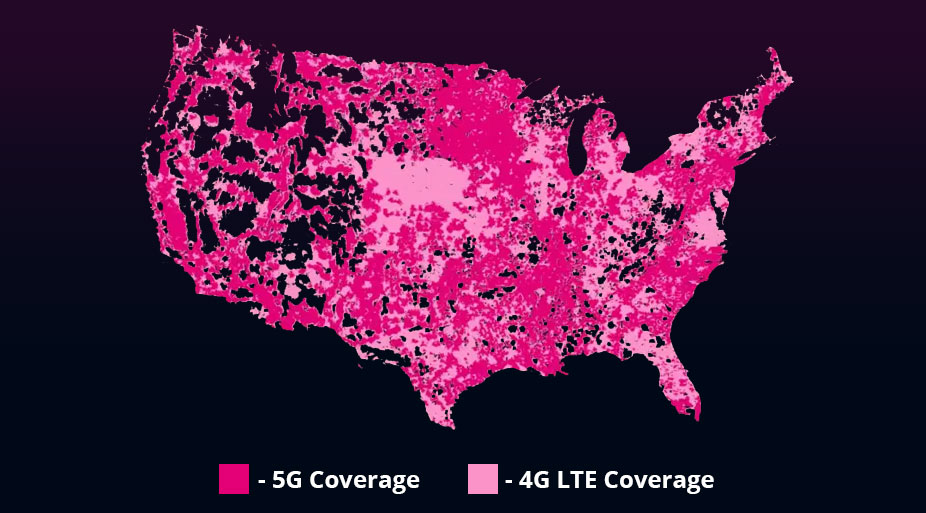T-Mobile Launches First Nationwide Standalone 5G
While all top giants from the telecom sector are in the race to deploy non-standalone 5G, T-Mobile has launched its commercial nationwide Standalone 5G in the United States.
What are Standalone and Non-standalone 5G?
Nonstandalone 5G focused on enhancing mobile broadband service to provide higher data and reliable connectivity to users. In the NSA 5G model, 5G networks use the existing 4G infrastructure. So, there is no need for more significant changes in support to implement 5G NSA.
Since digitalization in the industry is creating new revenue opportunities for service providers, 5G use cases require ultra-low latency and higher capacity. These two features are only possible with a Standalone 5G New radio. The 5G SA is based on 5G core architecture. It requires new infrastructure to deploy 5G Standalone.
Here are a Few Facts Related to Standalone and Non-standalone 5G:
Facts of 5G NSA:
- Introduces new 5G spectrum
- Provides great media experience and AR/VR video streaming
- Gets market leadership by launching 5G first into the market
- Provides 5 G-enabled services
Facts of 5G SA:
- New cloud-native 5G core
- More simplified RAN architecture
- Provides ultra-low latency
- Supports network slicing functions for the virtual functioning of hardware
- Provides a wide range of use cases for new devices
Why is Standalone 5G More Important Now?
New industry use cases like extended reality (XR), and autonomous driving require low latency to improve reliability. As we have seen low latency is not possible with NSA and to get this low latency, we need a new architecture 5G core and it is only possible by deploying a 5G standalone model. Along with low latency, this modern architecture in 5G SA provides new functions like network slicing. This feature allows the telecom carriers to enable certain services to users from the network virtually. In 5G, NSA users need to have coverage of 4G signal and 5G signal to get access to 5G, which is not required in the case of 5G SA.
First Nationwide Standalone 5G Network in the United States
T-Mobile has rolled out the first 5G SA with its 600 MHZ spectrum, which started last year with NSA. It also uses the company’s 2.5 GHz mid-band and 28 GHz mmWave signal. To gain the 2.5 GHz mid-band frequency, T-Mobile has recently acquired Sprint. Sprint is having the highest spectrum range 160-200 MHZ compared with all other competitors below 6GHZ.
Partnership with Top Giants to Build 5G Standalone
T-Mobiles has patterned with senior leaders in the industry to develop its Standalone 5G.
- T-Mobile has partnered with Nokia and Cisco for its 5G core network.
- T-Mobile has collaborated with Ericsson and Nokia for 5G radio.
-
For the first low-band VoNR call, T-Mobile has partnered with Cisco, Ericsson, MediaTek, and Nokia. This VoNR allows for voice calls to run over 5G.
-
For high-quality video calls, T-Mobile has partnered with Cisco, Ericsson, Nokia, and Qualcomm Technologies. The video over new radio (ViNR) allows high-quality video calls without needing additional apps.
Any Competitors for T-Mobile in this Area?
Verizon and AT&T hold the largest coverage in the past. Days have changed and T-Mobile has become the king of telecom operators with the largest coverage with a nationwide 5G network. T-Mobile’s 5G network is two times bigger compared to AT&T and it is nearly 10000 times bigger than Verizon’s. The above maps can indicate that T-Mobile is far ahead of its competitors in 5G Network deployment.

